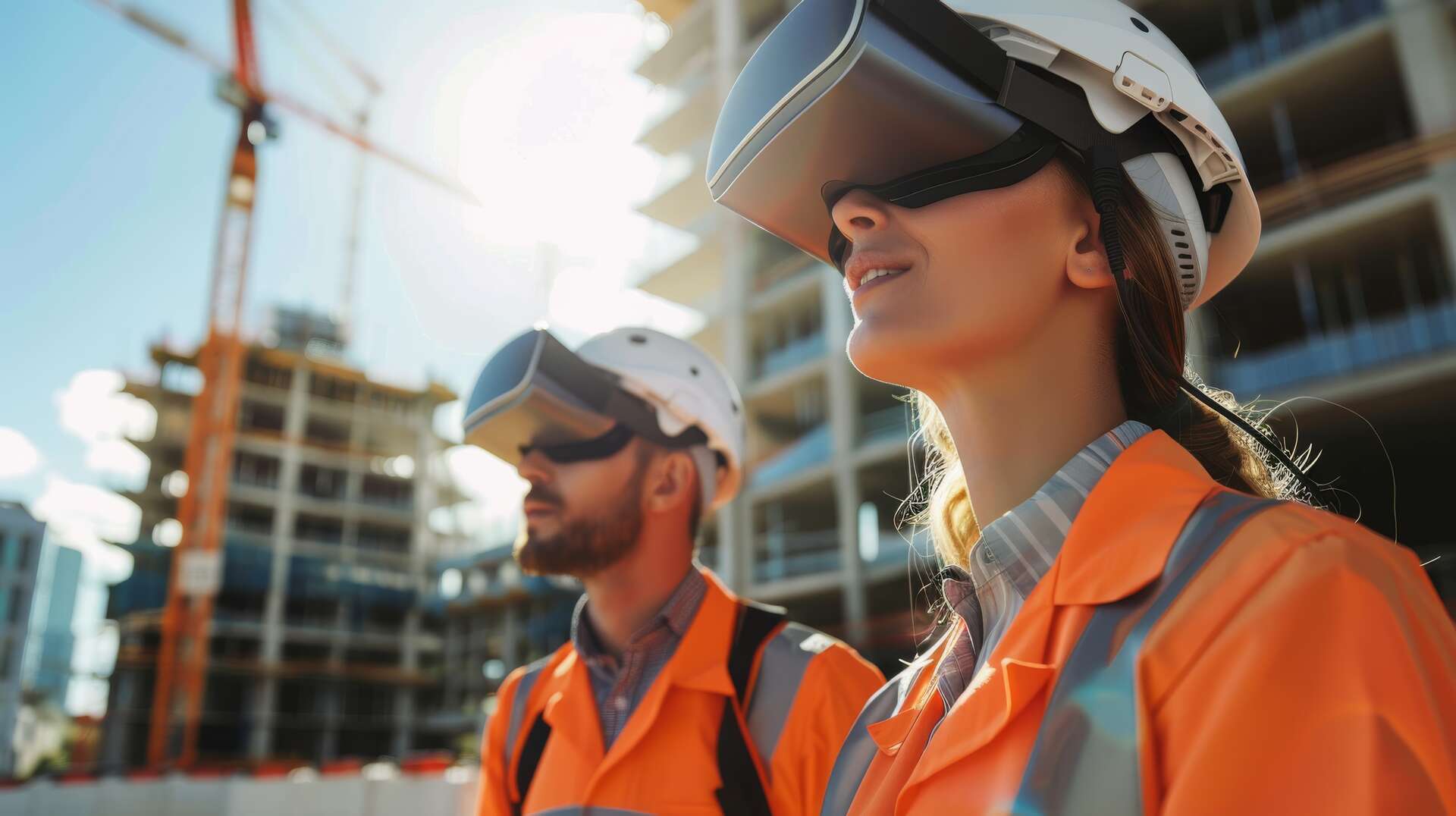Once expensive, VR headsets are now available at very affordable prices. Whether you’re new to VR or looking to replace an older model, it’s important to think carefully before making your choice. Discover our guide to choosing a VR headset that will fully meet your expectations and immerse you in total immersion.
The Meta Quest 3 is the perfect solution for exploring virtual reality thanks to its intuitive use and powerful technical specifications. Successor to the popular Quest 2, it offers significant improvements, including a higher resolution display (2064 x 2208 pixels per eye) with a 120Hz refresh rate, new flat lenses provide superior image clarity and reduce artifacts, while providing an expanded field of view to 110 degrees. In terms of mixed reality, the Meta Quest 3 features two traffic cameras and a LiDar depth sensor, ensuring seamless integration between virtual reality and augmented reality.
In terms of performance, this headset is equipped with a Snapdragon processor. The audio system is also improved with built-in stereo speakers, complemented by 3D spatial audio technology to encapsulate the sound.
Sony PlayStation VR2: An Innovative VR Headset Perfect for Gamers
Designed for PlayStation 5, Sony’s PlayStation VR2 headset delivers unprecedented sensory, visual, and audio immersion. With stunning 4K HDR graphics and a wide 110-degree field of view, this headset pushes the boundaries of virtual reality. The power of PS5 enables exceptional graphics in compatible games.
PlayStation VR2 features VR2 Sense technology, which combines eye tracking, haptic feedback from headsets, 3D audio, and intuitive controls for highly realistic experiences. Immerse yourself in captivating new worlds with a new generation of virtual reality gaming. Plus, setup is simplified with a single cable connection, letting you get into the action right away.
HTC Vive Pro 2: A VR Headset That Pushes the Boundaries of Technology
The HTC Vive Pro 2 is a cutting-edge virtual reality headset designed to deliver an exceptionally immersive experience. Featuring an incredible resolution of 2448 x 2448 pixels per eye and a 120Hz refresh rate, it eliminates grid effect to deliver crystal-clear visuals. Its simple, robust design incorporates optimized Fresnel lenses for optimal visual clarity, while an adjustable strap and adjustment wheel ensure optimal comfort, even for glasses wearers. While its accessories may not please everyone, the Vive Pro 2 remains a must-have for VR enthusiasts looking for superior performance.
What is a virtual reality headset?
A VR headset, or virtual reality headset, is an immersive technology device designed to immerse the user in a three-dimensional digital environment. By covering the eyes and ears, it displays high-resolution images and transmits spatial audio, thus creating an interactive and sensory experience. VR headsets are equipped with motion sensors that track the user’s gestures and movements, allowing for natural interaction with the virtual world. Whether you’re playing video games, professional simulations, or exploring virtual worlds, VR headsets are changing the way we experience digital technology by offering complete and immersive immersion.
Choosing a VR headset depends on several key criteria to ensure an optimal immersive experience. First, consider your intended use, whether it’s gaming, productivity, or entertainment. Comfort is also crucial, with balanced weight, adjustable straps, and good padding for long sessions without discomfort. Display quality, measured in resolution and refresh rate, plays a major role in the clarity and smoothness of images. Higher-end VR headsets often offer higher resolution and a wider field of view. Compatibility with your hardware, such as a PC or console, is also a determining factor, as is motion tracking, which may be built-in or require external sensors. Finally, consider the ecosystem and apps available, as a wide range of content enriches the experience.
What are the differences between mixed, virtual and augmented reality?
Virtual reality (VR), augmented reality (AR), and mixed reality (MR) are three distinct immersive technologies that are changing the way we interact with the digital world. VR immerses the user in a fully digital environment, cutting off all visual contact with the real world thanks to a dedicated headset. AR, on the other hand, superimposes digital elements (images and information) on the real world via a screen, such as a smartphone display or special glasses, without completely hiding them.
Mixed reality combines these two approaches by allowing virtual and real objects to interact in real time, providing a more seamless integration between the two worlds. Each of these technologies offers unique experiences, ranging from entertainment to education, and opens up new possibilities for digital interaction.

“Certified gamer. Problem solver. Internet enthusiast. Twitter scholar. Infuriatingly humble alcohol geek. Tv guru.”





